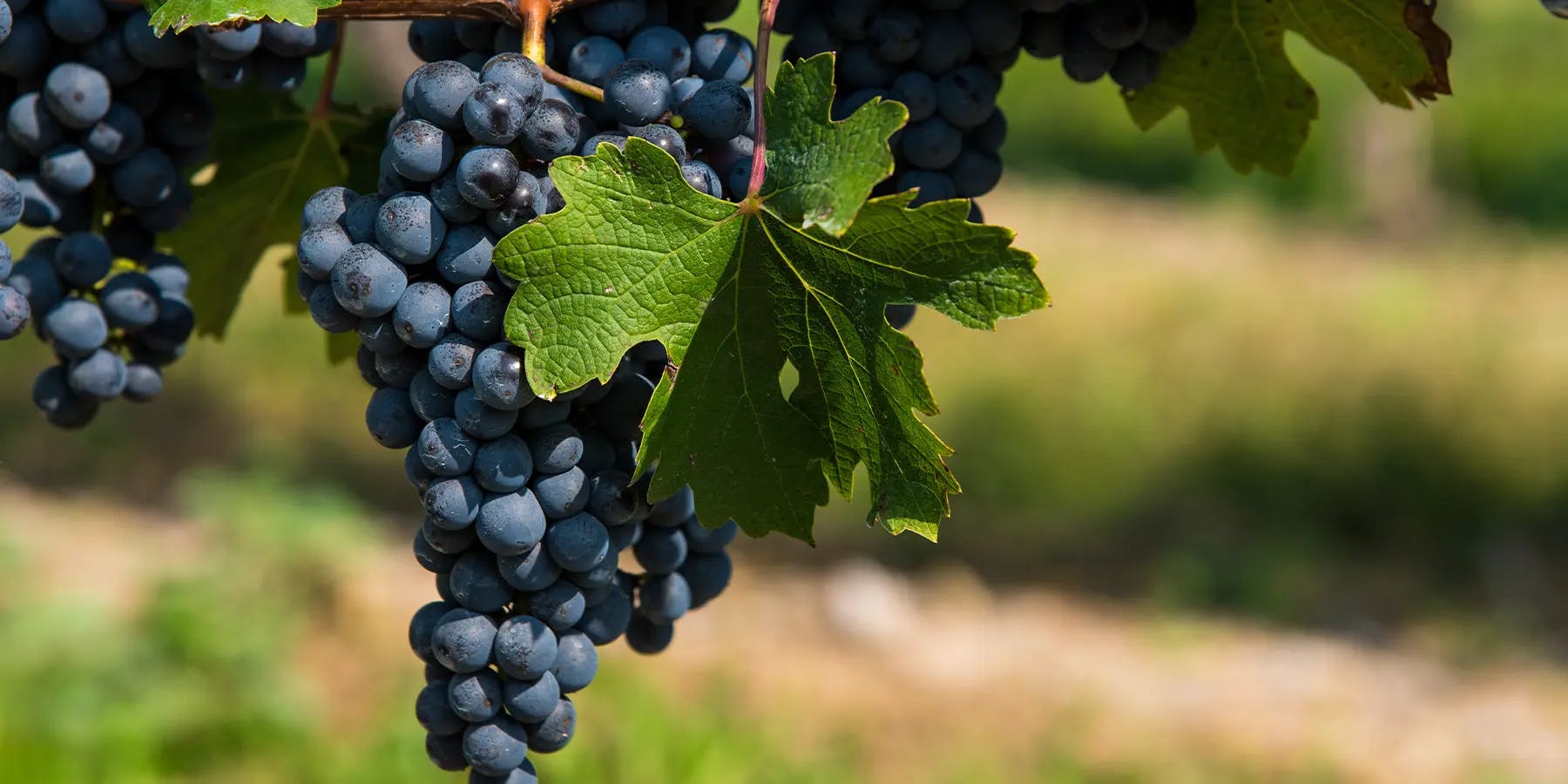- Wine world
Cabernet Sauvignon: a black grape variety with origins in Bordeaux
- Mon, Apr 15, 2024 at 10:00

The origins of Cabernet Sauvignon
Cabernet Sauvignon is a cross between Cabernet Franc and Sauvignon Blanc, two grape varieties native to Bordeaux. In fact, its name is derived from these two parent varieties. Although it was created relatively recently, in the 17th century, Cabernet Sauvignon quickly became one of themost popular grape varieties because of its ability to produce rich, complex wines with a good tannic structure. Cabernet Sauvignon is also appreciated for its ability to age in the bottle.
The characteristics of Cabernet Sauvignon
Cabernet Sauvignon is a late-ripening grape variety that needs a warm, sunny climate to reach its full potential. It is known for its small bunches, thick berries with dark skins and a thick layer of bloom (a thin waxy coating on the surface of the berries). Cabernet Sauvignon is appreciated for its resistance to disease and harsh weather conditions, as well as for its ability to age well in bottle.
Wines made from Cabernet Sauvignon are generally full-bodied, rich in tannins and aromas. They have notes of blackcurrant, black cherry, graphite, blackberry and tobacco, with a firm tannic structure and balanced acidity. Wines made from Cabernet Sauvignon can develop aromas of vanilla and cedar.
It is important to note that Cabernet Sauvignon wines vary considerably depending on the wine-growing region in which they are produced. In general, Cabernet Sauvignon produced in warmer regions tends to be richer, fruitier and more supple, while wines produced in cooler regions tend to be more acidic, tannic and austere. Cabernet Sauvignon can be vinified on its own or blended with other grape varieties, such as Merlot, Cabernet Franc or Petit Verdot.
Where can you find Cabernet Sauvignon?
In France, Cabernet Sauvignon is grown mainly in the Bordeaux region, particularly in the Pauillac, Margaux and Saint-Émilion appellations , where it is often blended with other grape varieties to produce red Bordeaux wines.
Around the world, the best-known wine-producing regions for Cabernet Sauvignon outside Bordeaux are Napa Valley in California, Coonawarra and Margaret River in Australia, Maipo Valley in Chile and Mendoza in Argentina. Cabernet Sauvignon can also be found in the vineyards of South Africa, New Zealand, Spain, Italy and many other wine-growing regions.
Cabernet Sauvignon and food pairings
Cabernet Sauvignon is a grape variety renowned for its culinary versatility. With itsrobust tannins and bold structure, it pairs perfectly with a variety of hearty, richly flavoured dishes. It pairs well with grilled steaks, roasts, braised meat dishes, mature cheeses and herb-based Mediterranean dishes. Cabernet Sauvignon's acidity and tannins also make it an ideal partner for spicy dishes and rich sauces.
